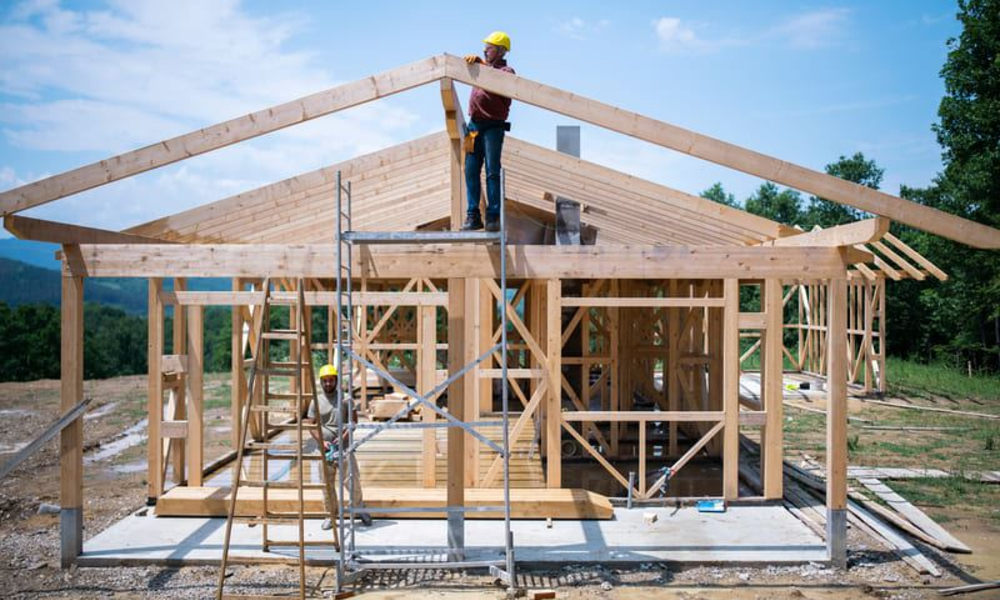The data, released by the Australian Bureau of Statistics (ABS) on Wednesday, showed that housing completions in the last financial year fell short of the 240,000 units needed annually to stay on track with the national cabinet target. The total represented the lowest yearly figure in three years and followed 172,826 completions in FY2022.
Most of the newly completed dwellings were projects that began before governments introduced measures aimed at increasing supply. These reforms included changes to zoning processes, faster application approvals previously delayed by environmental and heritage reviews, encouragement of modular and prefabricated construction, and a pause on new updates to the National Construction Code.
Economists, industry groups and Treasury have previously said the five-year housing target – which Housing Minister Clare O’Neil has described as “aspirational” – will be difficult to reach, even as they welcomed the target-setting initiative.
The Housing Industry Association said the delivery gap pointed to ongoing pressures in costs and regulation. Chief economist Tim Reardon said home building remained expensive due to taxes, fees and charges imposed throughout the construction process. He said policymakers needed to reduce these burdens on builders, buyers and investors if construction volumes were to increase.
The slowdown in completions was matched by weaker new housing starts. Separate ABS figures showed that housing commencements in the June quarter fell to their slowest pace in nearly two years. Detached house commencements dropped 6.4%, the sharpest quarterly fall since September 2023, while attached dwellings such as apartments and townhouses slipped 1.7% after rising 19% in the March quarter.

